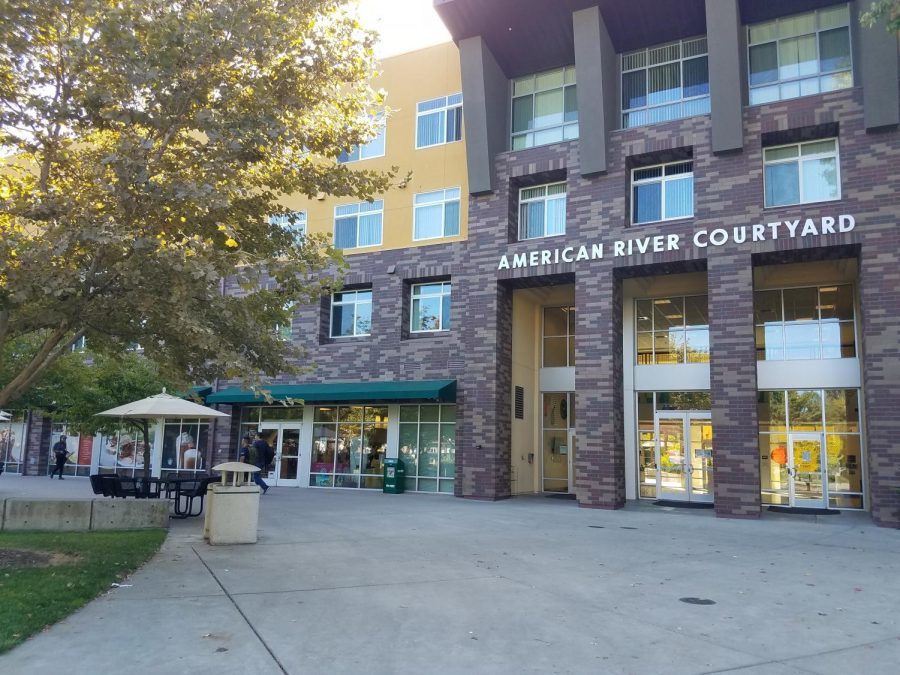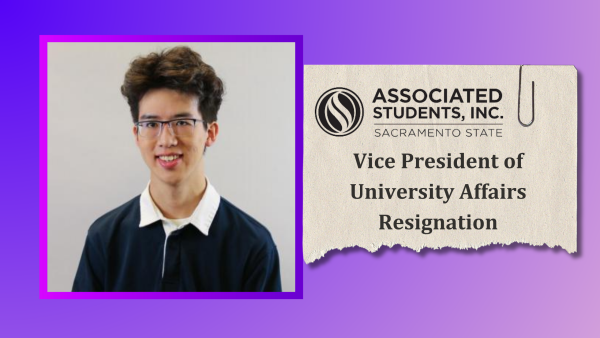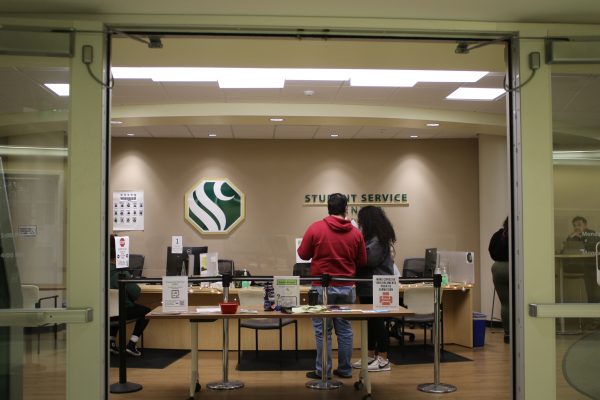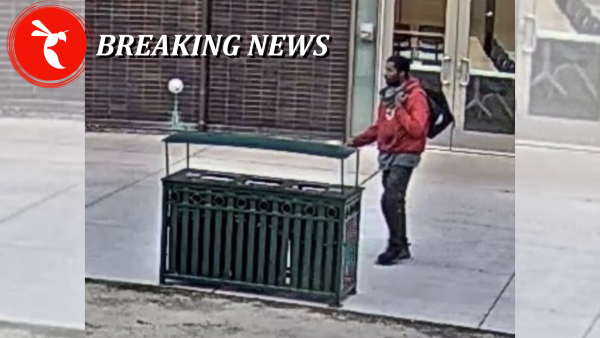EDITORIAL: Sac State must be more transparent about Clery Act Report increases
The 2018 report noted 30 instances of sexual assault, up by 26 since 2017
The American River Courtyard, one of the residence halls located at Sac State. In the university’s 2019 Clery Act Report, 31 instances of sexual assault were reported at on-campus housing, an increase of 21 incidents from last year’s report.
October 7, 2019
In its most recent Clery Act Report, Sacramento State reported 30 instances of rape at on-campus housing in 2018, up from four instances in 2017.
The increase is staggering. The tepid explanation in the report is not acceptable.
RELATED: Clery Report shows 31 instances of sexual assault at Sac State student housing in 2018
The university said in the report that, “the number of sexual assaults reported in 2018 increased over reports from the previous year, but we did not see a significant increase in the number of individuals reporting sexual assault.”
That statement is vague and confusing and it does not take away from the number.
The State Hornet requested and obtained the Sac State crime logs for 2018 and found only five reports of sexual assault over the course of the year, with one particular case noting that someone reported being in a relationship where she was repeatedly sexually assaulted over the course of two years.
Ed Mills, vice president of Student Affairs, confirmed that there was one student who had reported multiple assaults. That person, he said, was a contributing factor to the rise in reporting numbers visible in the Clery Report.
RELATED: Sac State officials say Clery Report spike due to single individual
The report should be an opportunity for dialogue, teaching and understanding for the student body.
The State Hornet canvassed the campus speaking to 40 students and found only one student who had heard of the Clery Report. Even that person admitted to not having read it.
When theatre major Nicole Kelly was made aware of the rise in reports of sexual assault, she said she wondered what could be done to protect students and to bring about more awareness to the issue of sexual assault.
“I haven’t really heard about things the school is doing,” Kelly said. “I know we have those little blue things that you can click if you’re feeling (unsafe), but I know that I’ve had weird experiences when I lived in the dorms.”
According to The National Sexual Violence Resource Center, 90 percent of sexual assaults on college campuses go unreported, which is why it is imperative for the university to act and to speak when so many assaults are reported.
They should explain how they are helping victims, how they will be protected and supported.
RELATED: Sexual assault and Sac State: a special package
Instead, what we have is a report with vague and unexplained statistics followed by 19 pages of policy and procedure about what to do if you’re assaulted, who to go talk to and all the prevention training available on campus.
Nineteen long pages filled with legislated platitudes that shed zero light on what has happened to the victims of these incidents or the suspected perpetrators.
Information does not inform people without the proper context.
Without context — and without seeing and understanding the minute footnote — all a student sees is numbers on a page. Thirty sexual assaults and 29 incidents of dating violence and no substantive response from the university.
The Clery Act stipulates that colleges and universities who participate in federal financial aid programs must maintain and send out yearly crime reports. That is the bare minimum.
Sending out statistics with little to no context attached does nothing but spread fear and misunderstanding.
“The Clery Act was enacted to increase the accountability and transparency of Institutions of Higher Education (IHEs) in meeting certain responsibilities with regard to the safety and security of students on their campuses,” according to the Congressional Research Service.
The keywords here are accountability and transparency, but the word that is missing is proactivity.
At a minimum, Sac State should find more proactive ways to ensure students read the report or are aware of it. An email to a student’s school account from the police department with the subject line “2019 Clery Act disclosure,” is just enough for them to hit delete before even reading what it is about.
Every year, the report should be an opportunity for engaged discussion and education, especially in a year when there is such a large number of reported sexual assaults on campus and very little explanation.











































































































































Survivor • Oct 9, 2019 at 1:54 am
“They should explain how they are helping victims, how they will be protected and supported.”
As a survivor who is dealing with the school, and trying to get my rapist convicted; The university doesn’t provide actual legal help to victims. They have “advocates” who will hold your hand through court and show you where to get free mental health counseling and how to apply to Cal Victim Compensation Board, but that’s it. The actual university does nothing to help victims who are willing to report get repeat rapists taken to court. The only help I have gotten that’s worth a damn is from the CSU PD, and they’re great, but they aren’t lawyers or advisers and can’t help me with many questions I still have or how to get access to a pro-bono attorney (have searched and made dozens of phone calls, no one I talked to does or knows of pro-bono 1 hour counseling for people who have been raped and abused in Sacramento, not even a phone appointment.) I am still pursuing, but I am basically going into this blind.
I think that Sac State and other CSUs should be providing legal counsel to victims of abuse like this that is similar to the legal counsel they give to Dreamers. Both are vulnerable populations that need a lot of community support and protection, including legal support.